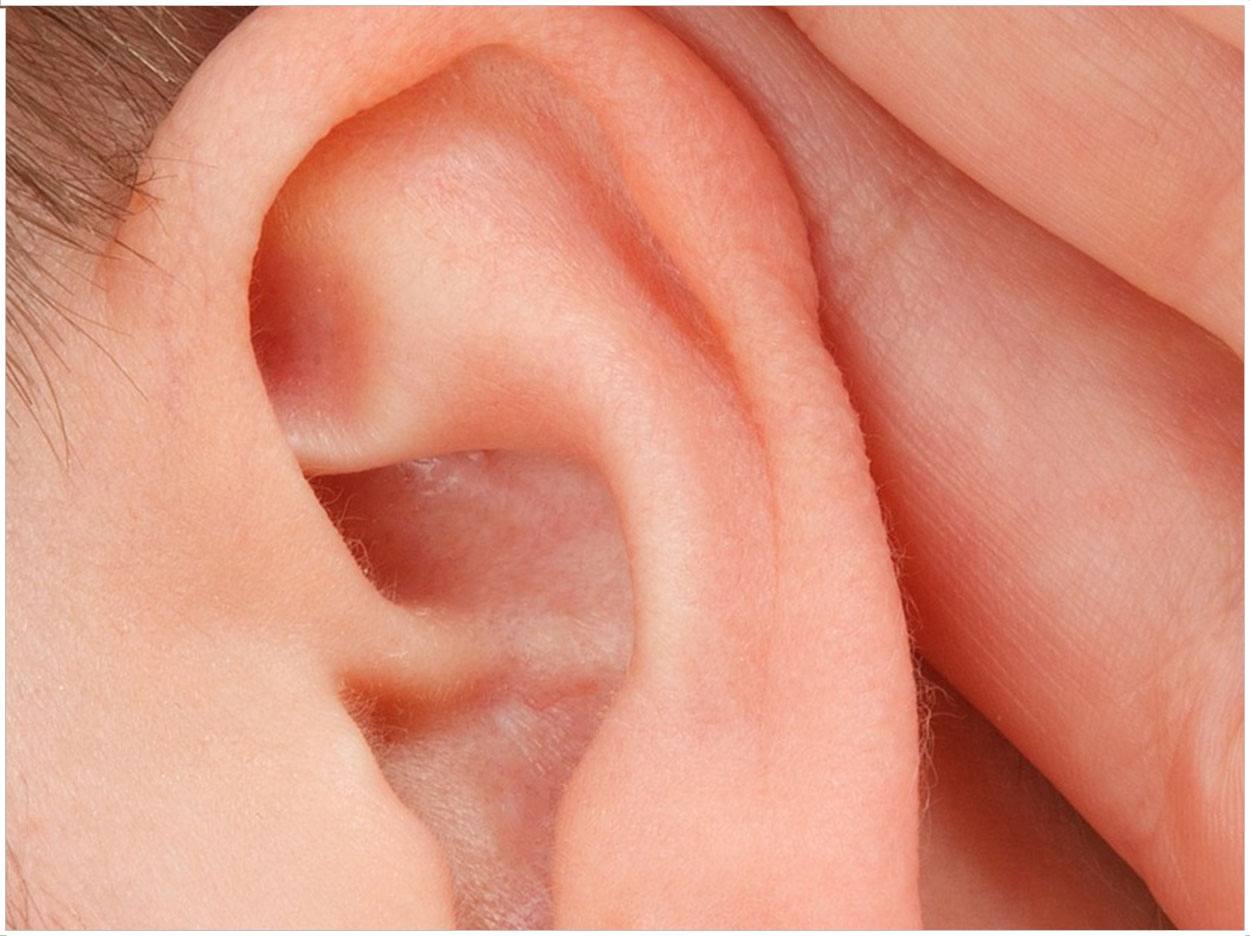
Students in dental school have plenty of challenges, from long hours of study to paying for tuition. But researchers from United Arab Emirates (UAE) have reported an additional obstacle: noise.
Sources of noise include handpieces, suction, ultrasonic instruments and cleaners, mixers, polishers, and other devices. Also, dental labs where multiple students are using this gear simultaneously produce more noise than private clinics limited to a single practitioner.
The researchers administered a structured interview questionnaire to 114 students at a dentistry college in UAE to examine hearing-related problems, noise annoyance, and awareness. They also used an integrated sound level meter.
Maximum noise levels ranged from 65 to 79 dB, with peak levels at high and low frequencies ranging between 89 and 93 dB. In the United States, the Occupational Safety and Health Administration permits 85 dB during 8 hours of continual exposure.
Approximately 80% of the students experienced a certain degree of noise annoyance, 54% reported a hearing-related problem, and 10% claimed some hearing loss. The researchers recommend the use of sound-absorbent materials in the construction of clinics and labs.
Hearing loss is the third most common chronic physical condition in the United States, according to the Centers for Disease Control and Prevention. Also, occupational hearing loss primarily caused by high noise exposure is the most common work-related illness in the US. While permanent, the CDC reports, hearing loss is avoidable with preventive strategies and technology.
The study, “Noise Levels, Noise Annoyance, and Hearing-Related Problems in a Dental College,” was published by the Archives of Environmental and Occupational Health.
Related Articles
Dental Grads Encouraged to Consider Associate Positions
Trends Evolve in Dental School Admissions
World’s Best Dental Schools Ranked












